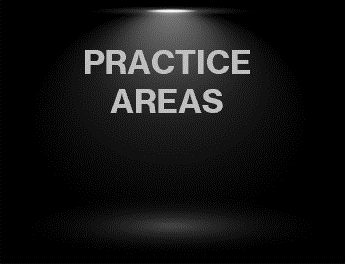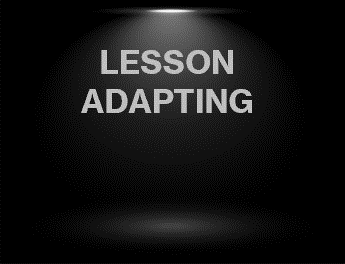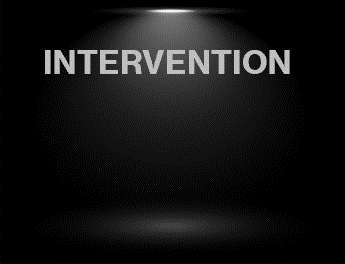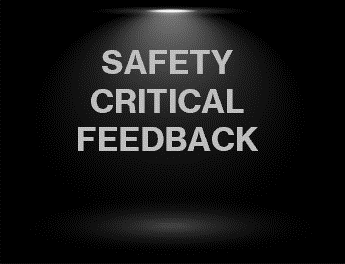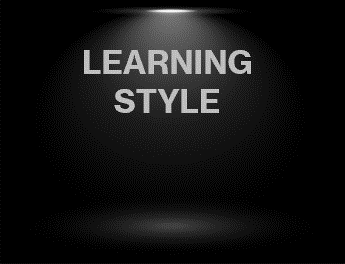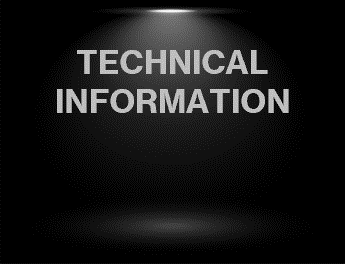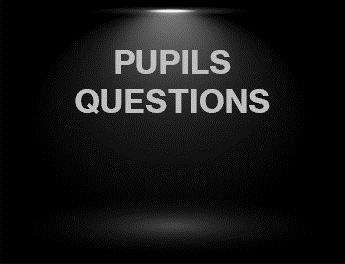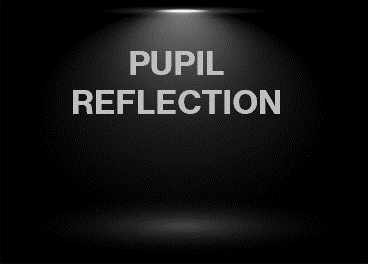
INSTRUCTION & DIRECTIONS
Were directions and instructions given to the pupil clear and given in good time?

You've probably driven for quite some time before considering becoming a driving instructor.
You're comfortable with driving.
You can deal with distractions.
You can listen to music.
Deal with different weather conditions.
Drive at different times of day.
Jump from one vehicle to the next with ease.
Take instructions from someone else if you don't know where you are going.
BUT!
your pupils will not be capable of doing this from the word GO!
You may be able to reflect back to the days when you were a learner and those first few months/years of driving.
It wasn't a breeze, it took a lot of your concentration to drive safely, but more importantly it's highly possible that in the days you learned to drive, there were probably 10 million less vehicles on the roads, less parked cars in residential streets, no Sat Navs to follow, a lot less tech in the car to distract you,
and junctions were far less complicated.
And as the years went on, your ability to talk and drive, talk, drive and have music on, then talk, drive, listen to music, keep the kids in order in the back and possibly other things that were dodgy to say the least such as eating or having a drink while driving, reading a route planner for directions.
The deal here is that your skills grew so much so, that you could do these things and honestly didn't think too much about doing it, right or wrong.
I would like to think that most of us who were sensible drivers would have handed the route planner to the co-pilot at the start of the journey and got them to tell you where you needed to turn etc.
However, your skills as a driver were good enough that you would understand from your co-pilot that
"next left" meant, take the next road on the left.
"Straight over at the roundabout" meant, follow the road ahead once you get to the roundabout.
"Just keep going at the crossroads" meant, keep going in the same direction when you get to the crossroads.
But if you were to use these same initial phrases to a learner driver you might be looking at a hell of a lot of trouble ahead of you.
As mentioned time and time again in each section, all the categories of the 17 competencies interlink.
CLEAR AND CONCISE INFORMATION IS ESSENTIAL.
If you pupil does not understand what you mean or instructions are given late.....or in some cases too early, it will lead to confusion and you'll be back into "Firefighting mode"
When I became an instructor and carried out my training one of the biggest acronyms that did stick with me really well was the acronym ADI
strangely the same letters for the qualification that you are training to become.
However, in this instance ADI does not stand for Approved Driving Instructor, it stands for
ALERT
DIRECT
INDENTIFY
Alert in this case means grab your pupils attention by using their name!
"OK Paul"
DIRECT
what do you you want them to do?
"Can you take the next road on the left please"
IDENTIFY
Give clarity to where the turning is
"It's just after the blue car parked on the left"
Be very careful how you train yourself to give instructions, and ensure that they remain constant in the way the are given.
Let's try another couple of examples which are requiring the same outcome, but how they could be misunderstood.
EXAMPLE 1.
ALERT
"Ok Paul"
DIRECT
"Turn left"
IDENTIFY
"At the end of the road"
EXAMPLE 2.
ALERT
"Ok Paul"
DIRECT
"At the end of this road"
IDENTIFY
" I would like you to turn left"
In example 1 your pupil may react quickly to your "turn left" instruction and turn either into the 1st road on the left if there was one,
or maybe into someone's driveway!
They didn't allow you to finish your instruction of "At the end of the road"
Whereas in example 2 You grabbed their attention Ok Paul, You then instructed "At the end of the road" this will have primed them to know the end of the road is coming up, and are now awaiting instruction for what you want them to do at the end of the road.
"I would like you to turn left"
By ensuring that the instructions you give could not be misinterpreted there should be no misconception from your pupil either.
The purpose of using your pupils name to start with is that they are used to someone grabbing their attention for most of their life by calling their name.
"Paul, your dinners ready"
"Paul, are you present?"
"Paul, can you do the washing up please?"
It will not be something they are new to, so should react or have their attention broken by hearing their name.
Let's try for the same outcome as the previous examples but try by grabbing the pupil's attention in a different manner, and look at how it might come across if your pupil wasn't fully engaged to the fact you were talking.
ALERT
"Right"
DIRECT
"Turn left"
IDENTIFY
"At the end of the road, right?"
WHAT DID THEY ACTUALLY HEAR??????
Was it right or left?
or did all they hear is
"at the end of the road right"?
What you say, how you choose to say it, where you say it, and when you say it are all important for your pupil to understand.
As long as the instruction is clear and understood it doesn't matter.
There is no right or wrong way to give instructions per se,
and a learner who is a comfortable driver and has had time to become familiar with your wording should have no problem reacting to them.
It will be worth your while building up your skills in commentary driving so that you are fluent yourself with your instructions.
Build up your timings of when you would need to give yourself a direction out loud and then think about how those instructions come across to you and how they may need to be given to a leaner at different stages in their training programme.
As they progress, they will eventually be able to be given instructions at about the same time you would give yourself instructions, but your timing of instructions to start with are vitally important. If you are giving instructions too late your pupil will not have time to process the information which may lead to approaching situations too quickly, and if they are given too early then you'll probably find it will cause signals to go on way in advance of the junction, and your pupil will slow down way too soon, taking them a lot longer to arrive at the junction possibly causing a tail back behind them and inconveniencing other road users.
Where you say the instruction is not only to do with "at what point along the route" but in what direction you are giving the instruction/direction.
By giving an instruction looking directly out of the windscreen, your pupil may not necessarily hear it. There may be other things going on around them that distract them such as road noise, a larger vehicle passing them, etc, or they may be slightly hard of hearing.
Therefore by looking at your pupil as you give the instruction it is more likely to be heard, and more likely you will see a reaction from your pupil that will indicate they have understood you or not.
A puzzled look on their face may indicate they have not understood what you have just said, but by not looking at them you would never know they had a puzzled look on their face.
During the driving test the examiner will look at the pupil whilst giving instructions. By doing this with your pupil right from the start of their lessons they will get to understand that this is what normally happens and won't be spooked by this "stranger" looking at them during the driving test.
It is possibly worth having a discussion with your pupil on day one to explain about why you will look at them when giving instructions, so that they don't get spooked by you when they turn and look at you for the first time and realise you are staring at them.
It is also worth noting, that some pupils, when you call their name when giving instructions will look at you and continue to look at you, taking their eyes off the road.
You need to discuss the danger of them doing this very early to avoid a crash happening.
The DVSA encourage Driving Instructor to sit in the back of the car during a pupil's driving test.
In the early days of becoming an instructor I would say this is an invaluable tool.
Not only will it allow the Instructor to see how a driving test is carried out, it will also allow the Instructor to watch the examiner, see where and when the examiner looks before, during and after instructions are given, and also allow the instructor to get used to using the same terminology that the DVSA use.
If you are using the same terminology throughout your pupil's lessons there is much less chance of your pupil being confused by the examiner on the test day.
The following section gives an example of the wording used by DVSA examiners during a driving test.
Introduction
"My name is…………. what would you prefer me to call you?"
"Will you read the number plate of .......... car?"
"Would you like me to explain about the test?"
"The test will include independent driving, various roads, and traffic conditions. I will ask you to complete one manoeuvre and we may carry out an emergency stop. The sort of things you have been practising with your instructor/accompanying driver."
"Which car are you using?"
"I would like to ask you two safety questions about your vehicle, the second question will be a show me question on the move, please make yourself comfortable in the car and I will join you in a moment."
General directions.
"Throughout the drive continue ahead, unless traffic signs direct you otherwise, When I want you to turn left or right, I will tell you in plenty of time."
"Move off when you are ready, please."
"Drive on when you are ready, please."
"Take the next road on the left/right, please."
"Will you take the second road on the left/right, please." (If necessary, add this is the first.)
"At the end of the road turn left/right, please."
"At the roundabout turn left please (it is the first exit)."
"At the roundabout follow the road ahead (it is the second exit)."
"At the roundabout turn right please (it is the third exit)."
(Additional information should be given if necessary to assist the driver to plan their route through the hazard. Examples are in brackets above).
Normal stops
"Pull up on the left at a safe place, please"
Designated /Hill
"Pull up along here, just before………. please."
Angle start
"Pull up on the left just before you get to the next parked car, please."
To see all DVSA wording for a driving test please click the link below.
https://www.gov.uk/guidance/guidance-for-driving-examiners-carrying-out-driving-tests-dt1/annex-7-test-wordings-all-categories
Now you have looked through the DVSA wording, you may feel that some of it looks like there is too little an amount of direction/instruction being given.
However, your pupil is taking their test, the information given should not overload them as they should now be comfortable taking directions and instructions, and more so if you have been using the same terminology they will find the instructions easy to follow.
If they pass the test they will be having to make these decisions for themselves possibly for the rest of their lives without any instructions.
A new driver may need additional instruction to ensure they understand what is required of them but the same DVSA format can still be implemented, but with additional content if necessary.
So feel free to adapt the wording, but ensure instructions or directions that you give remain constant and are always understood.


